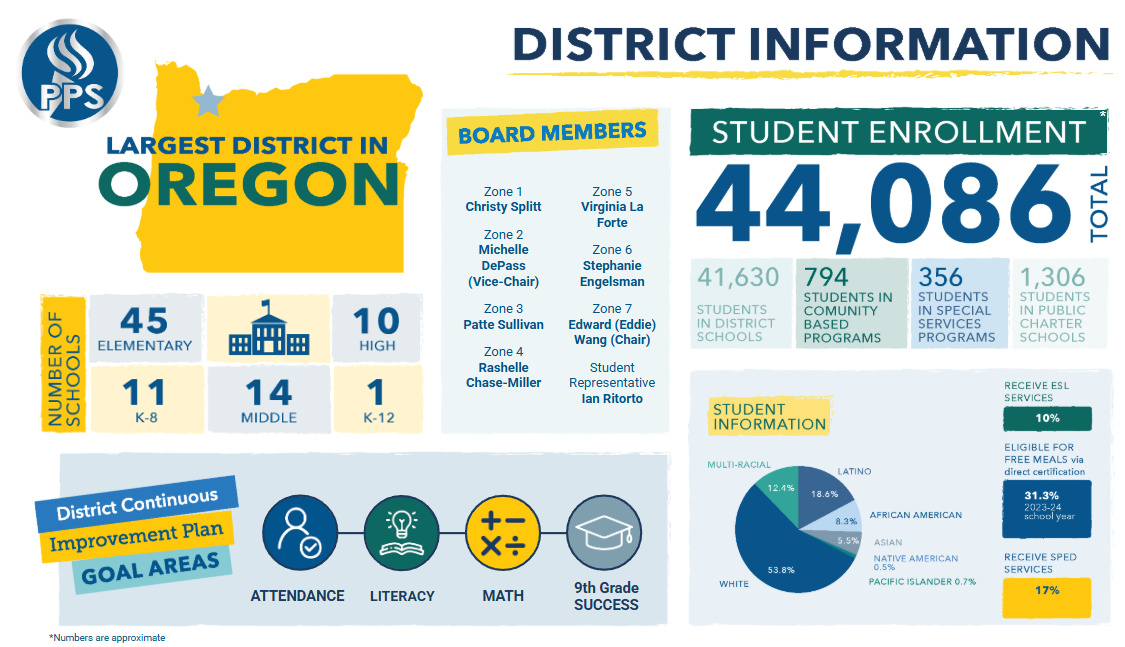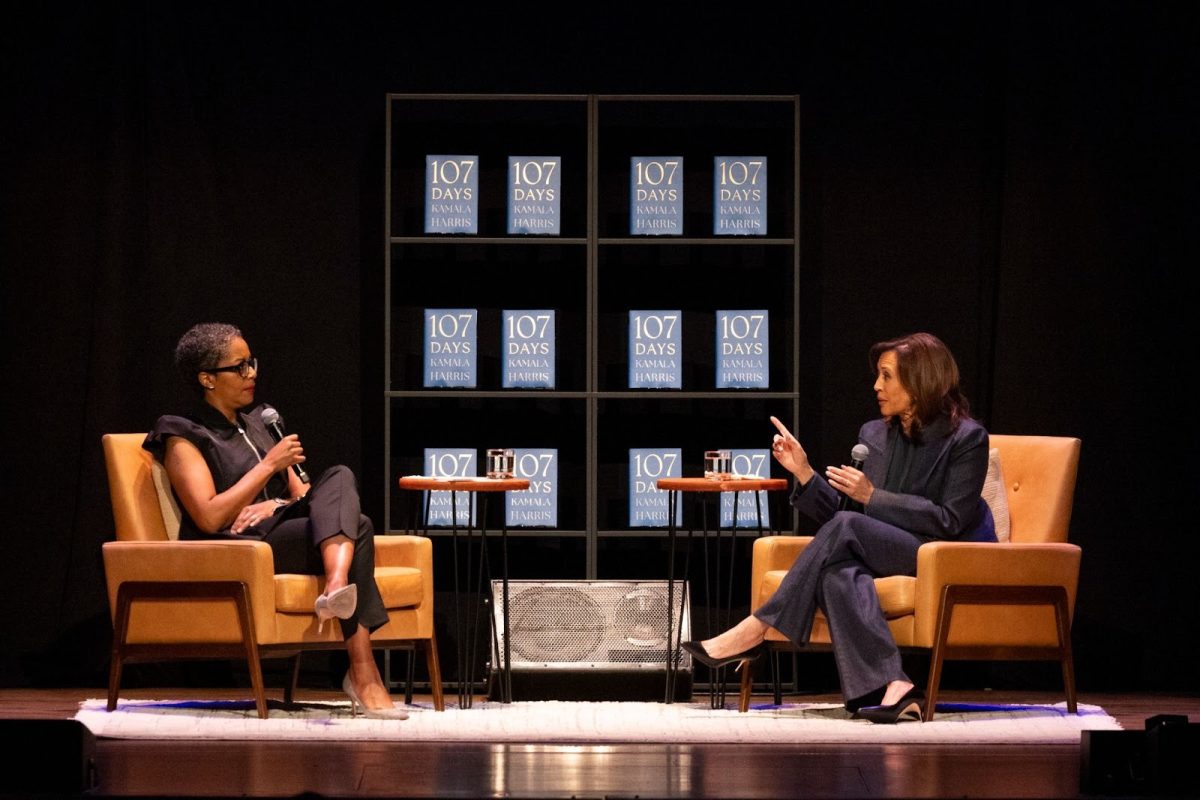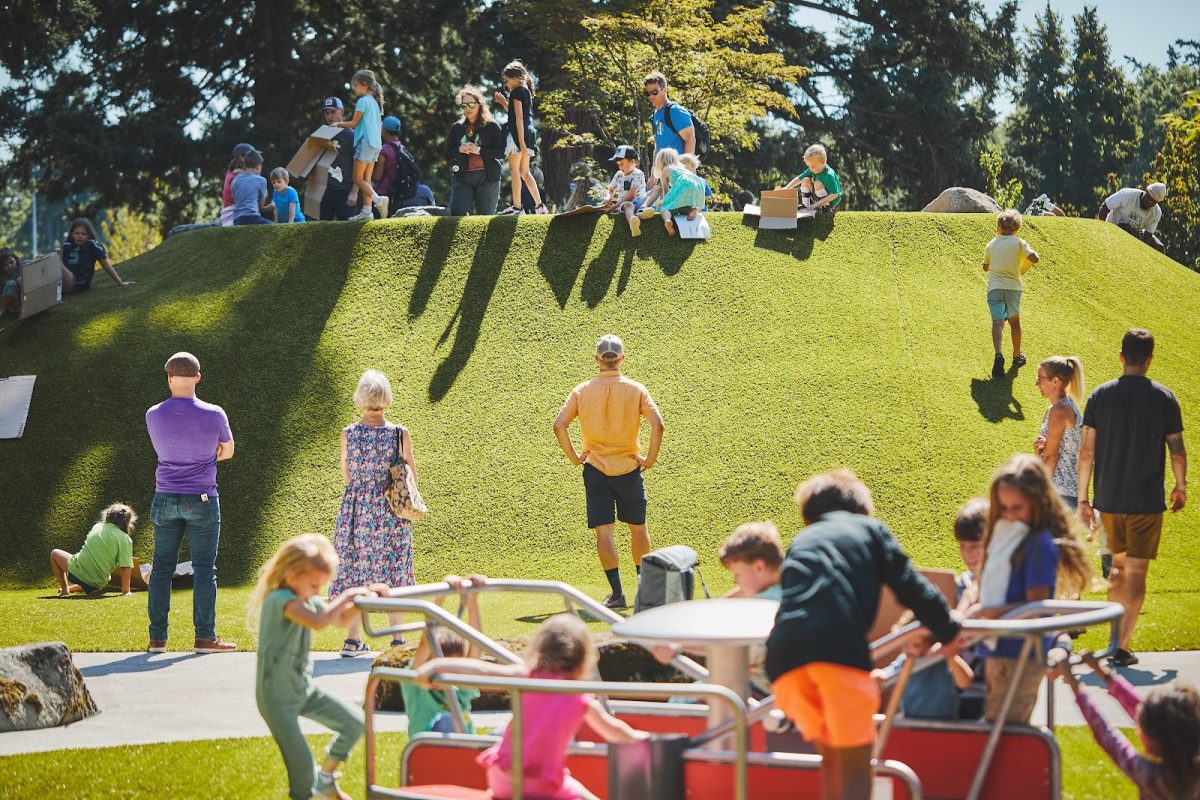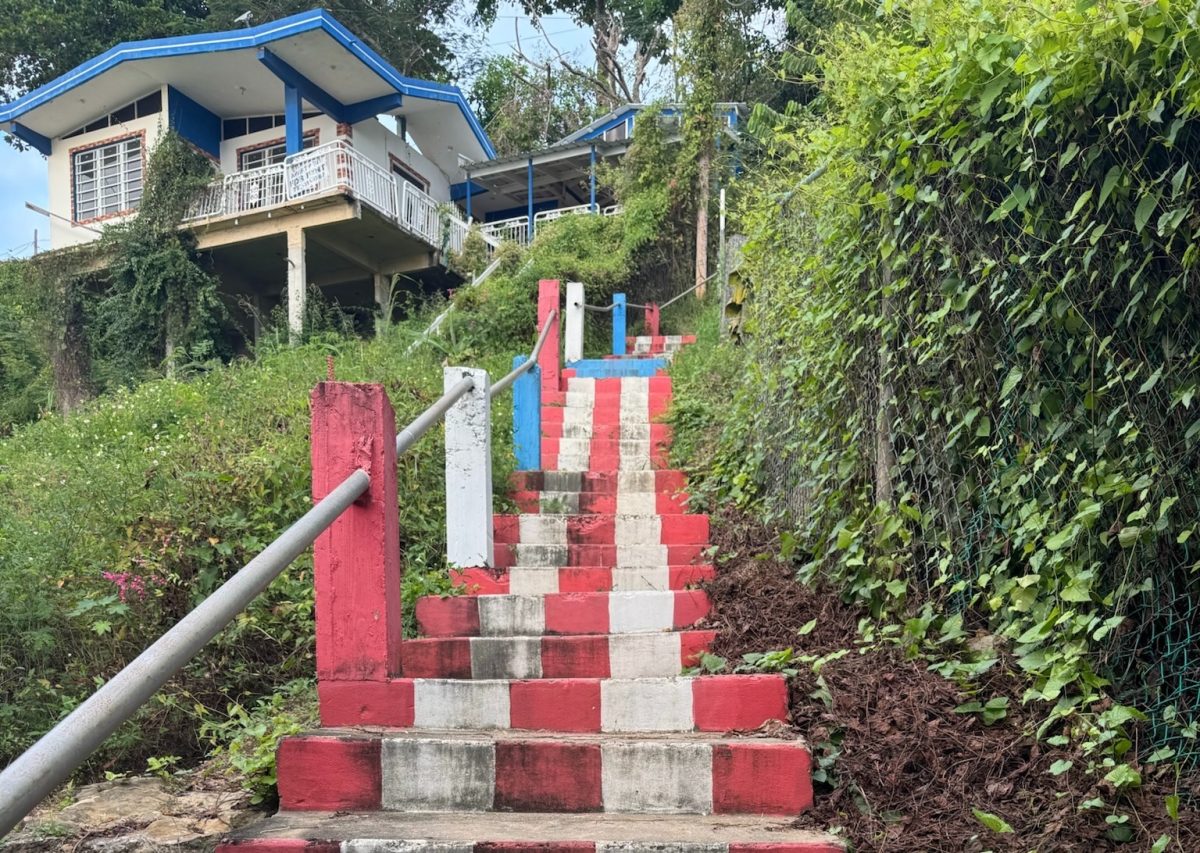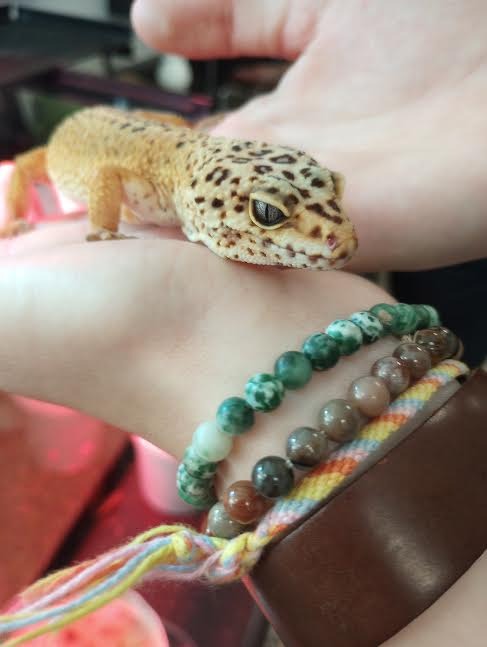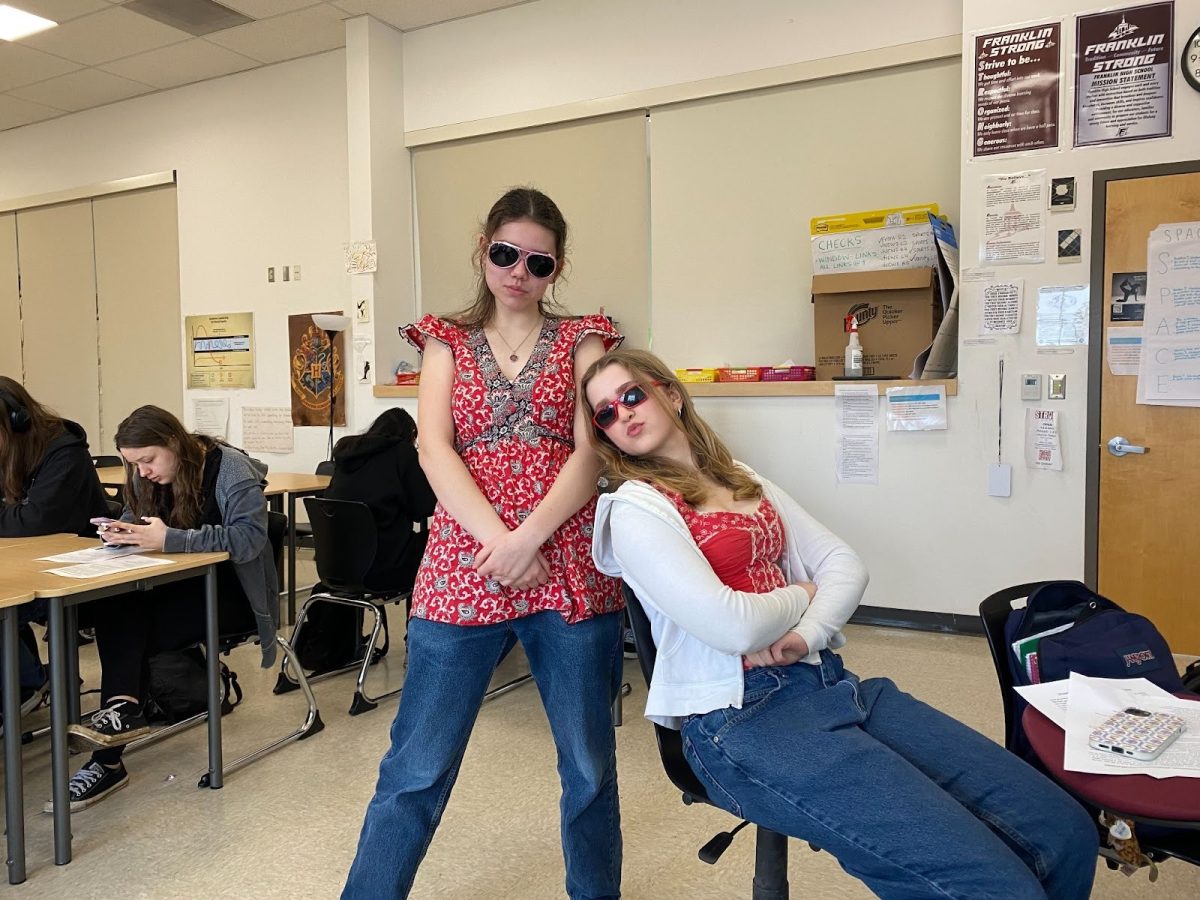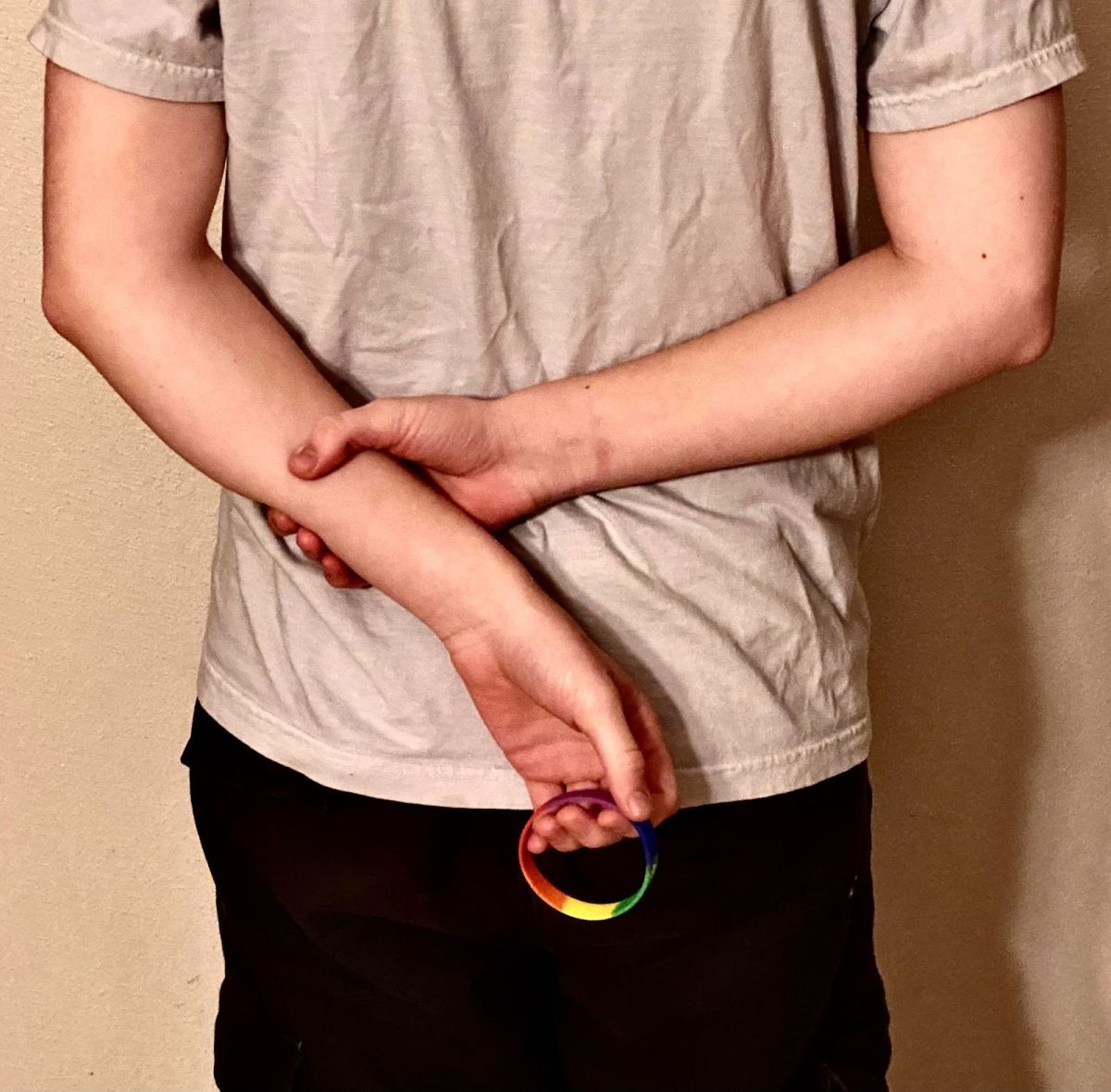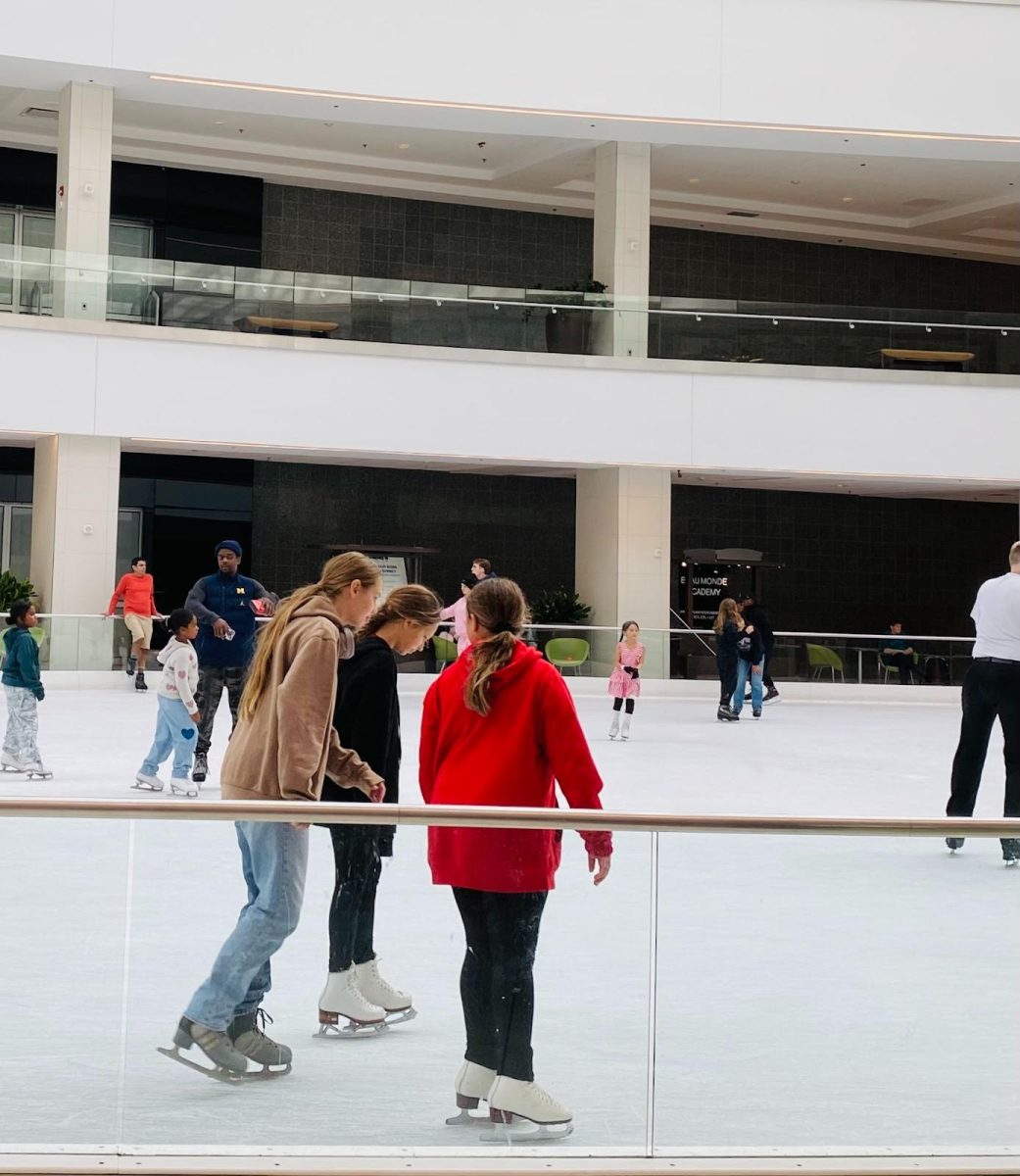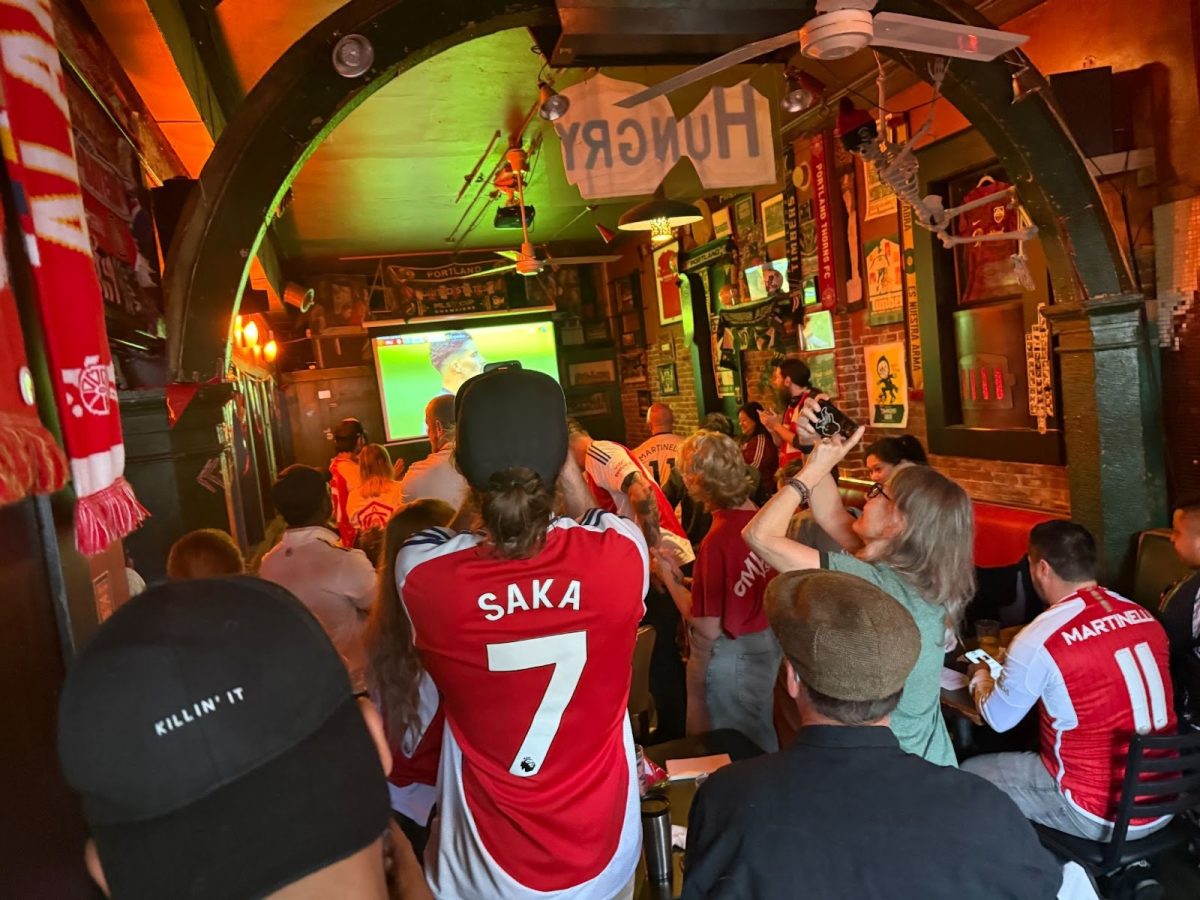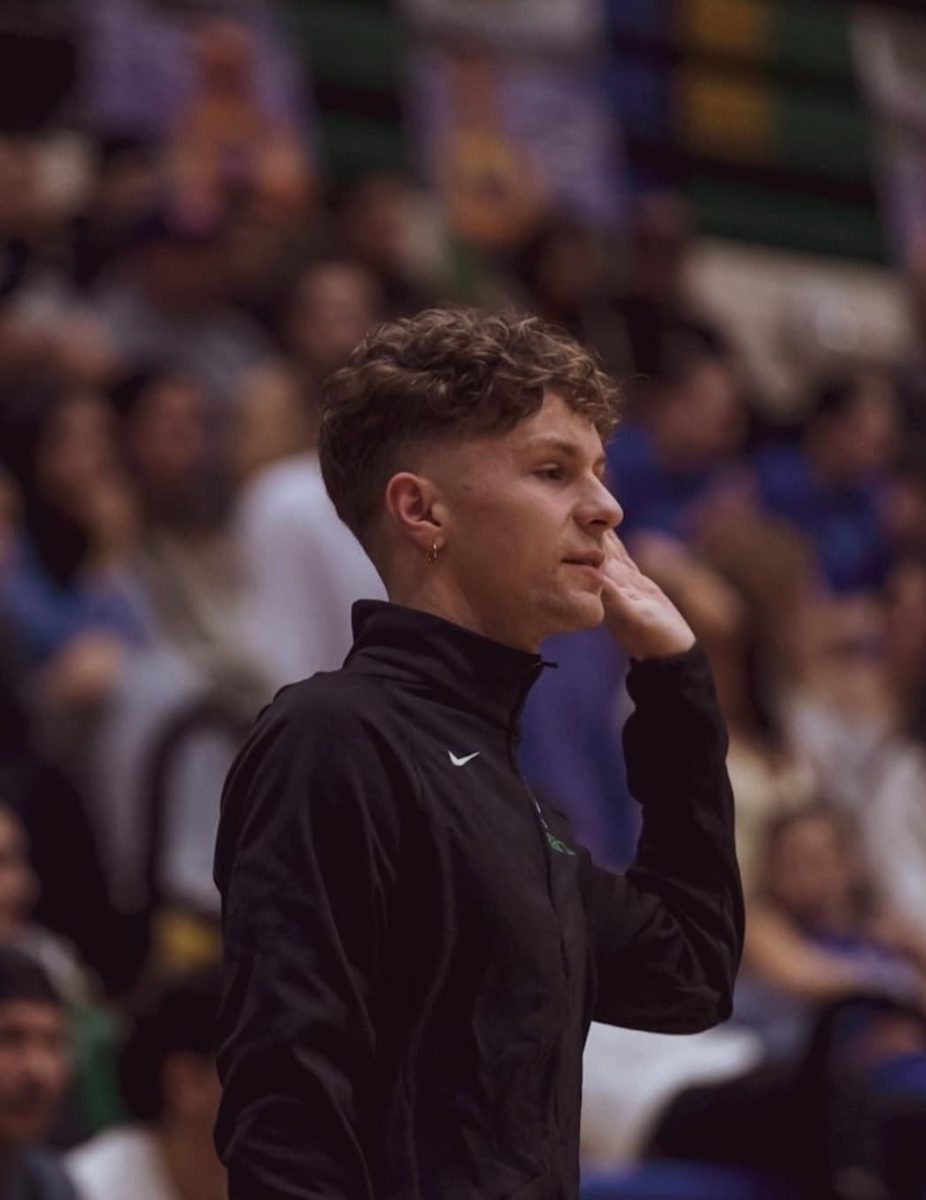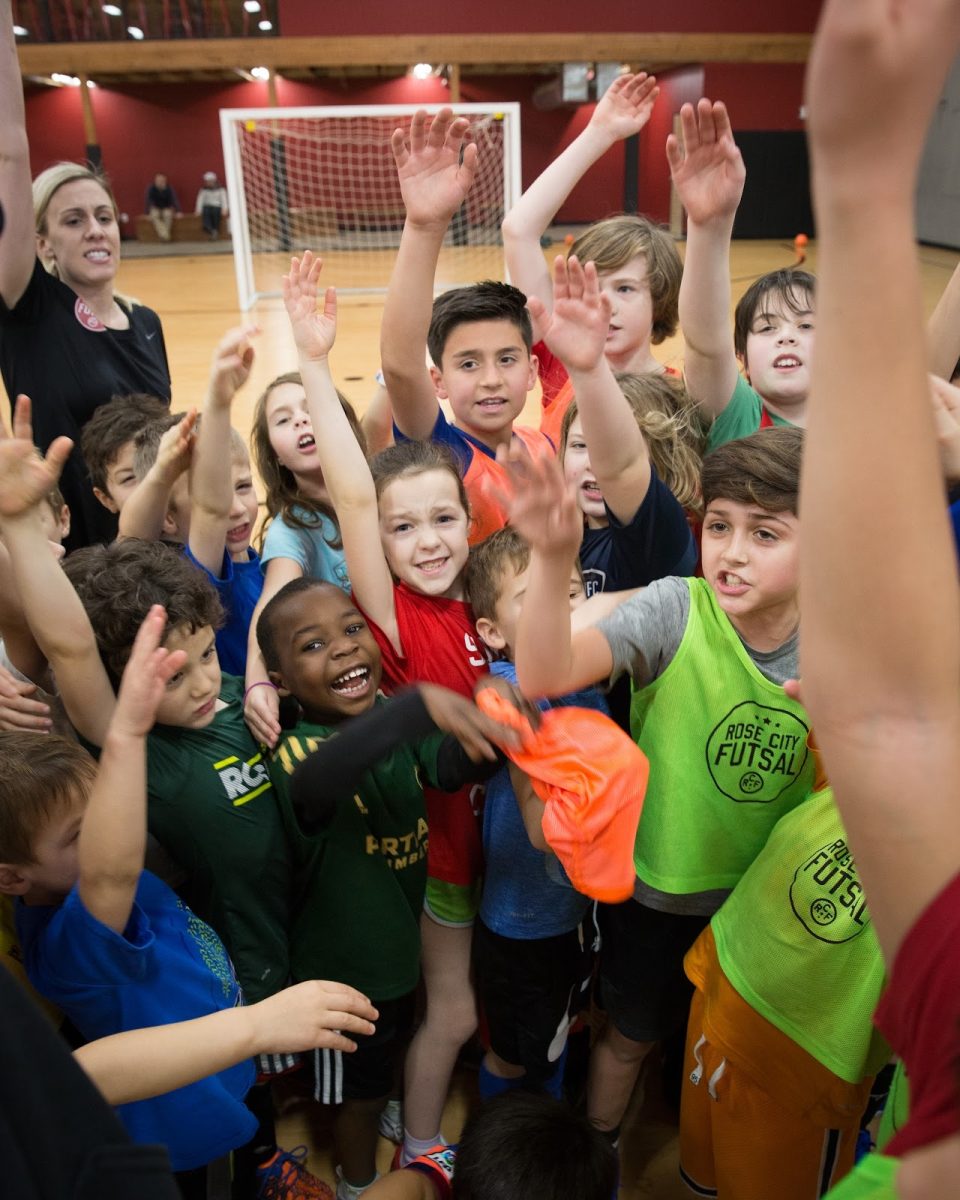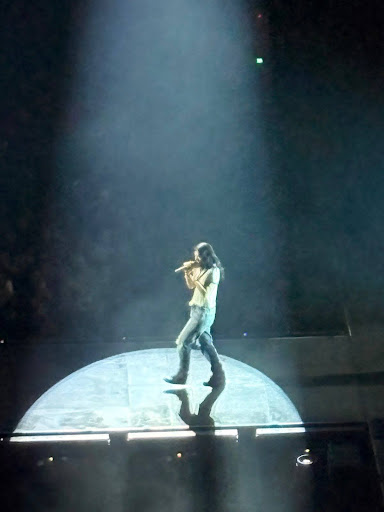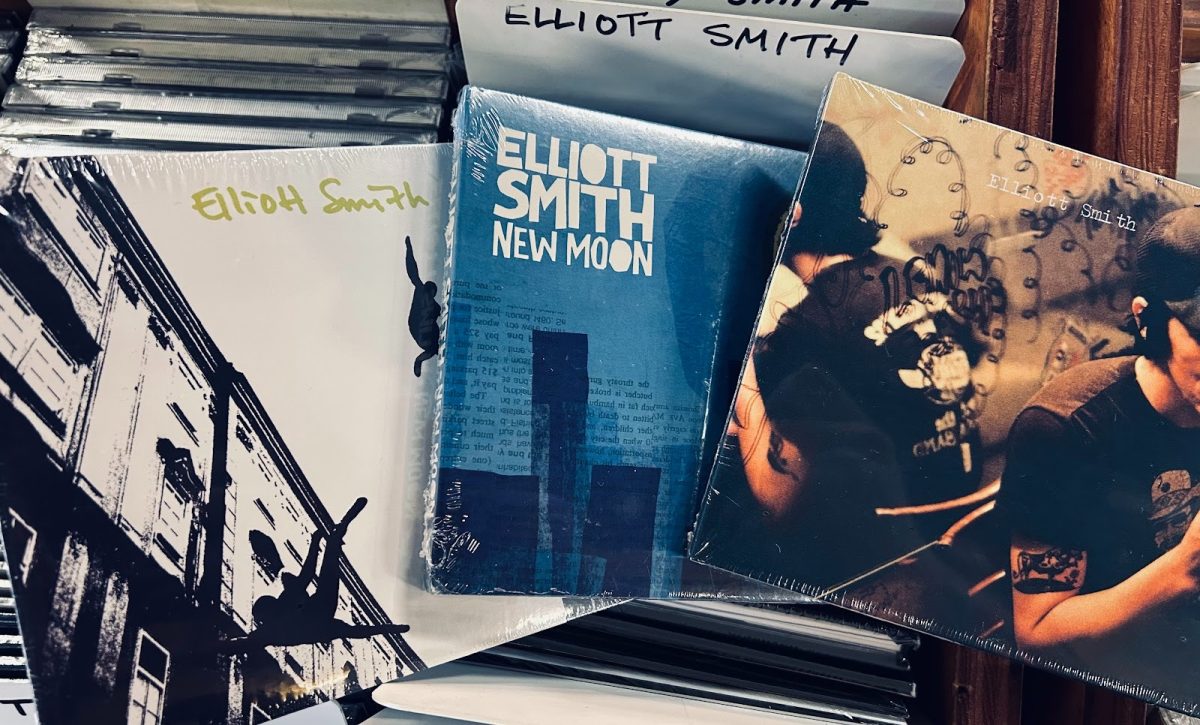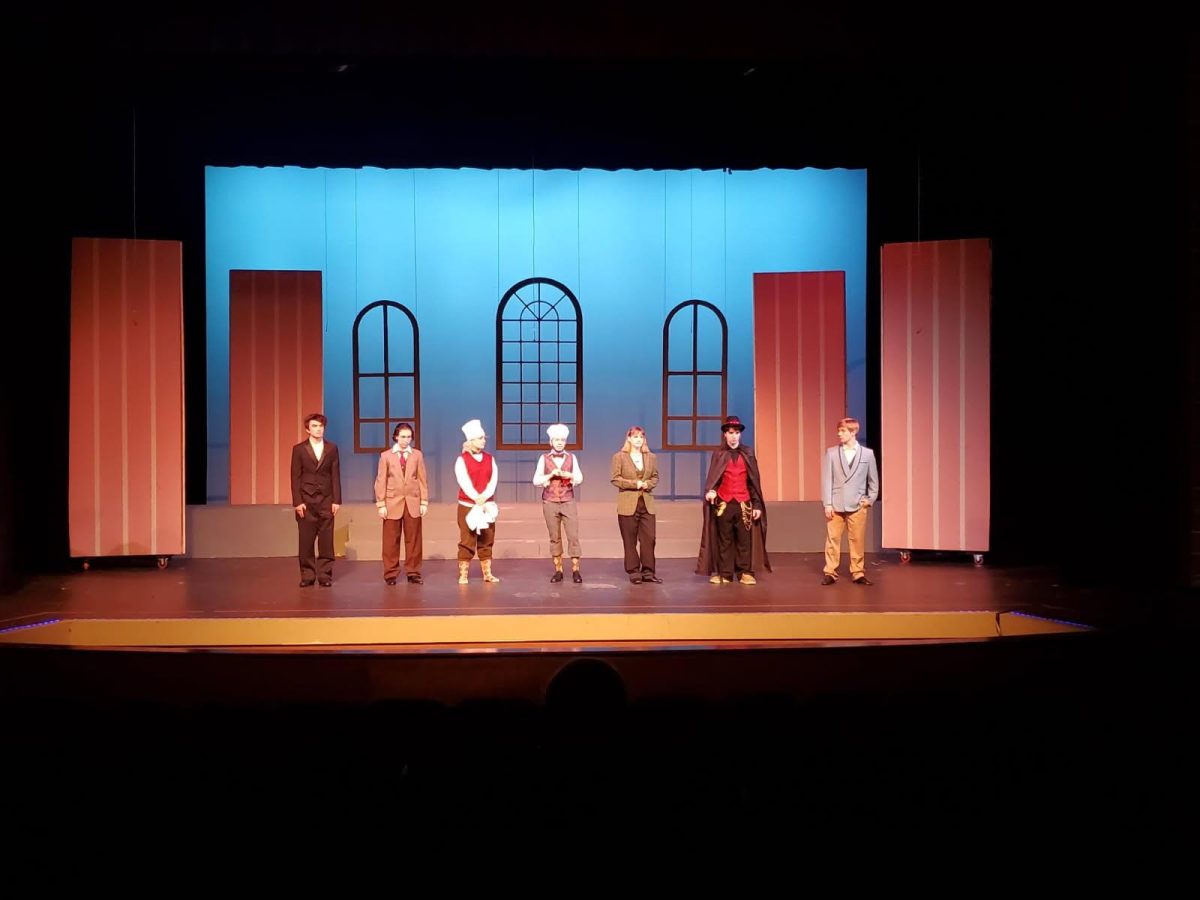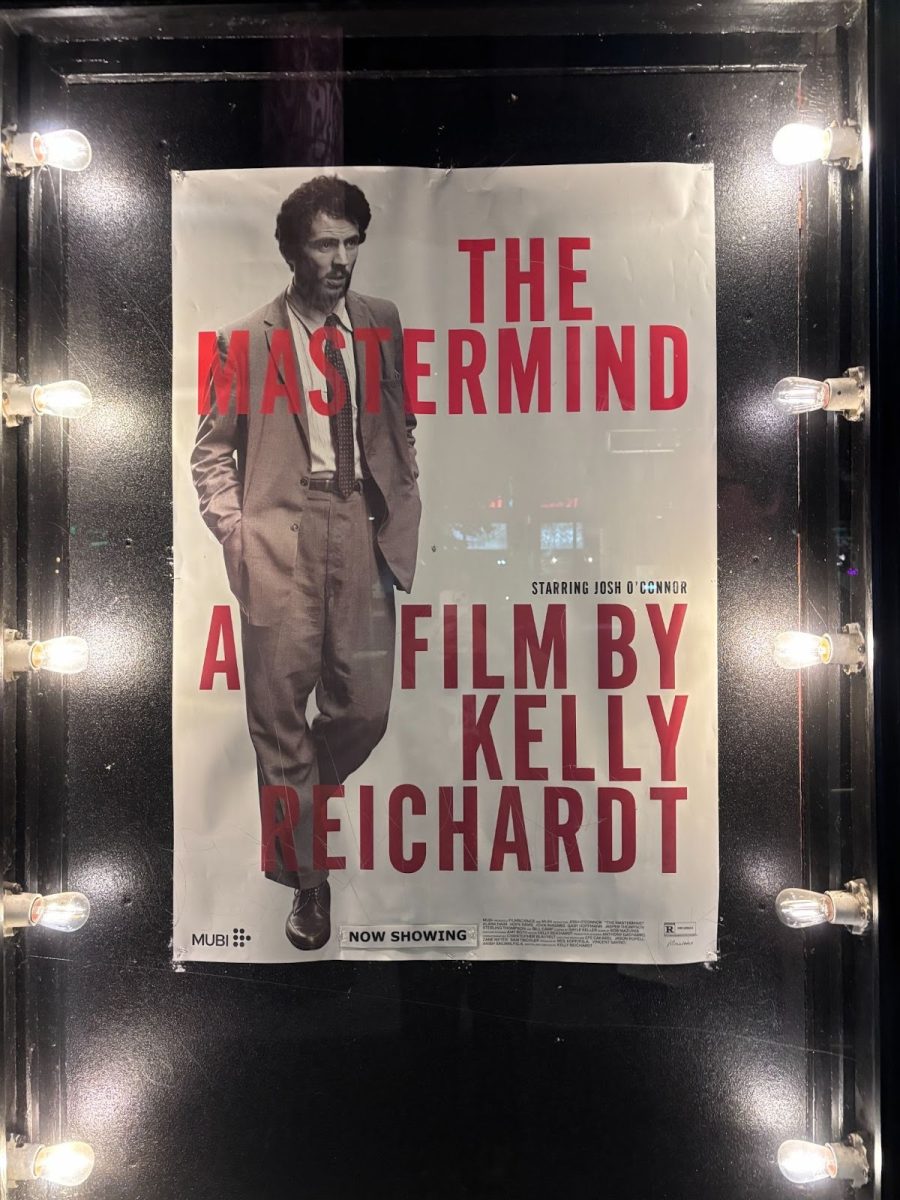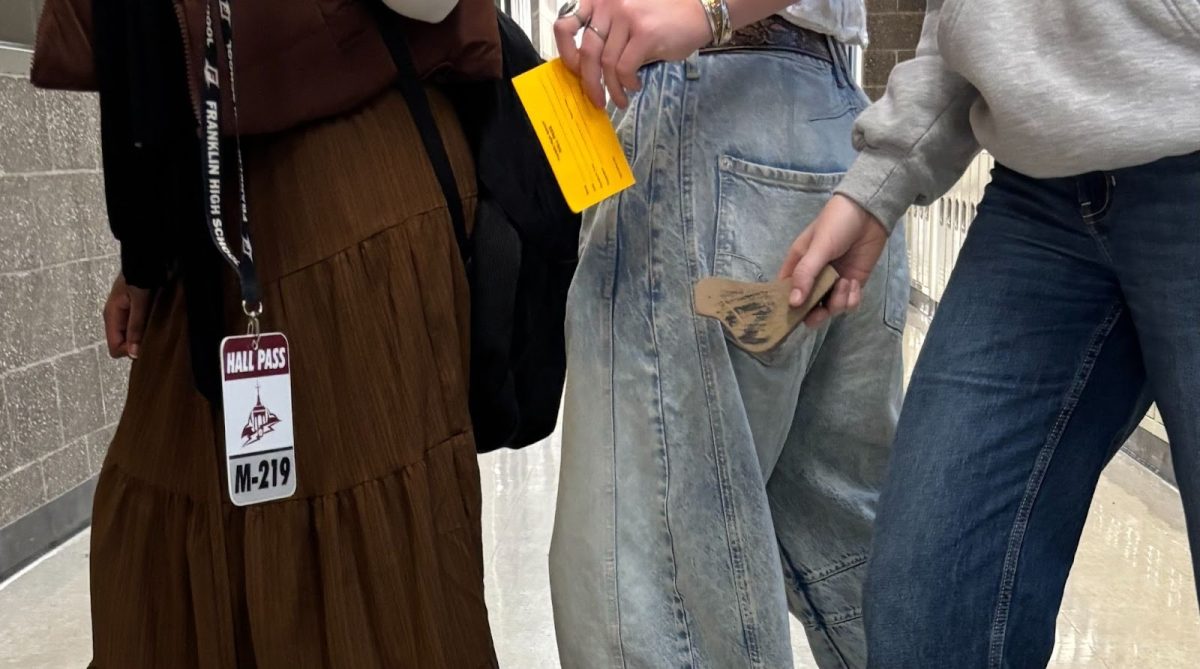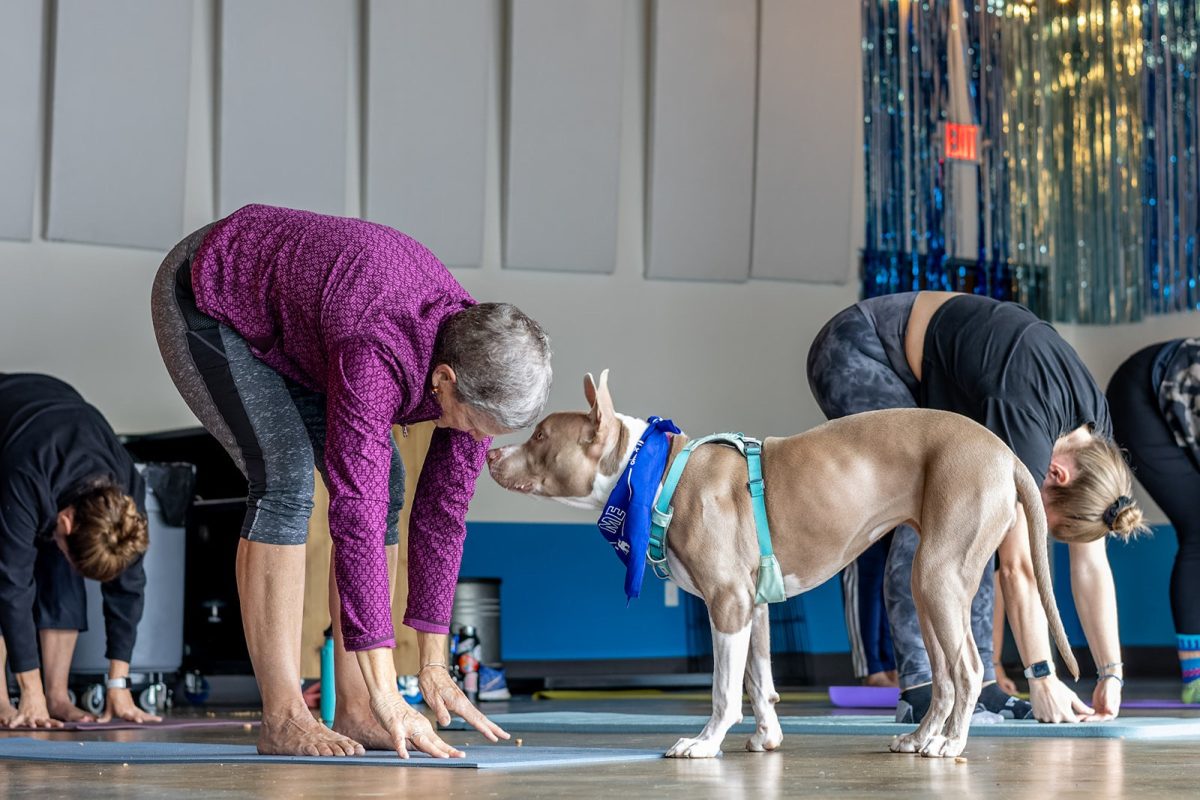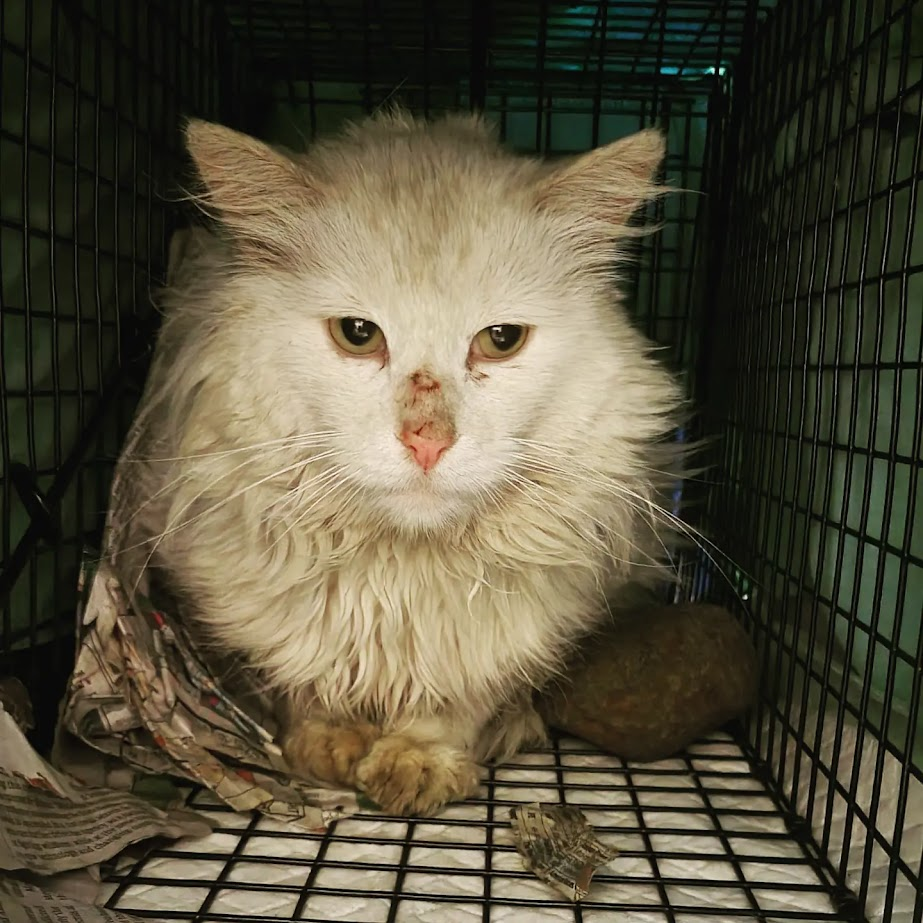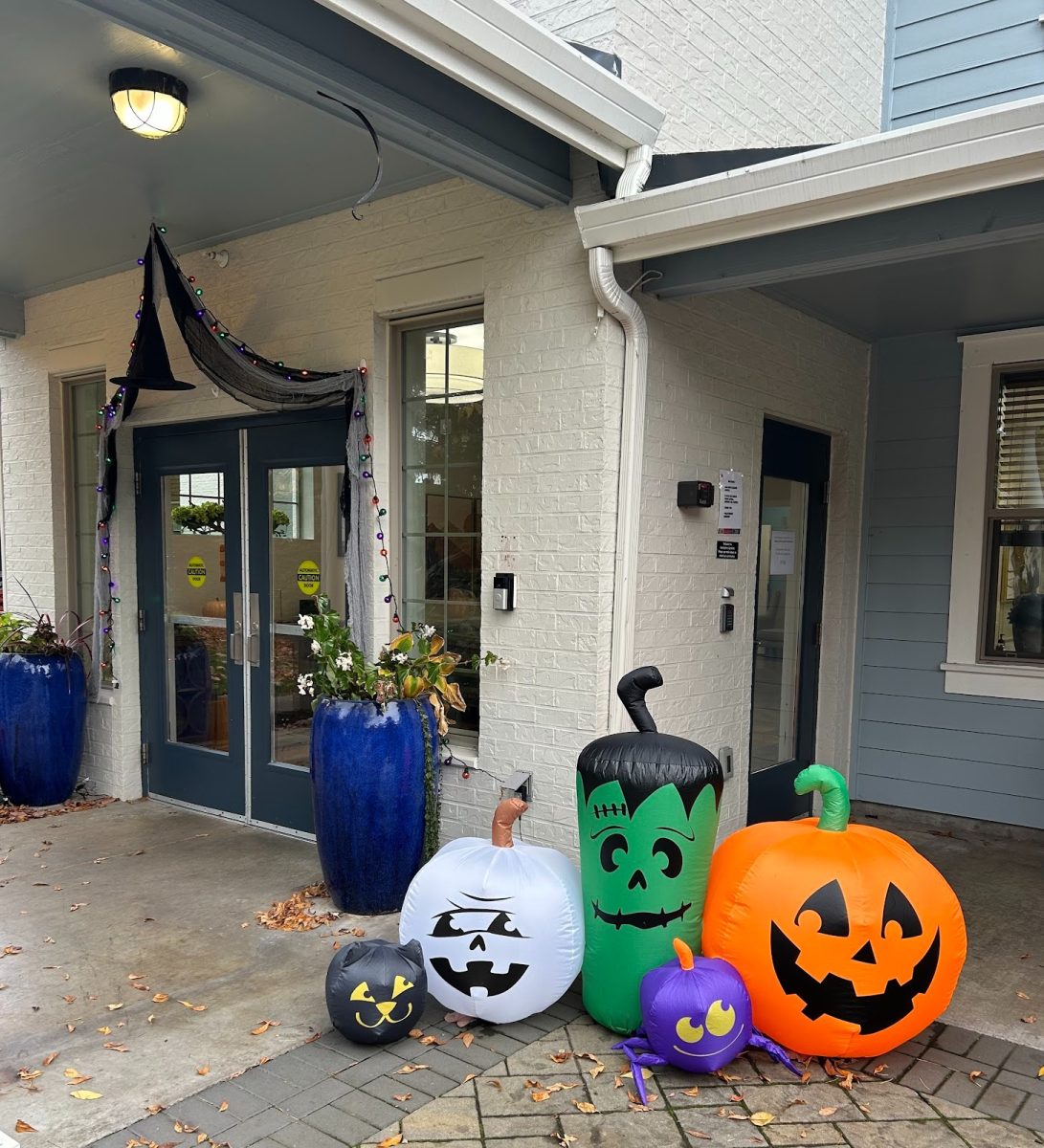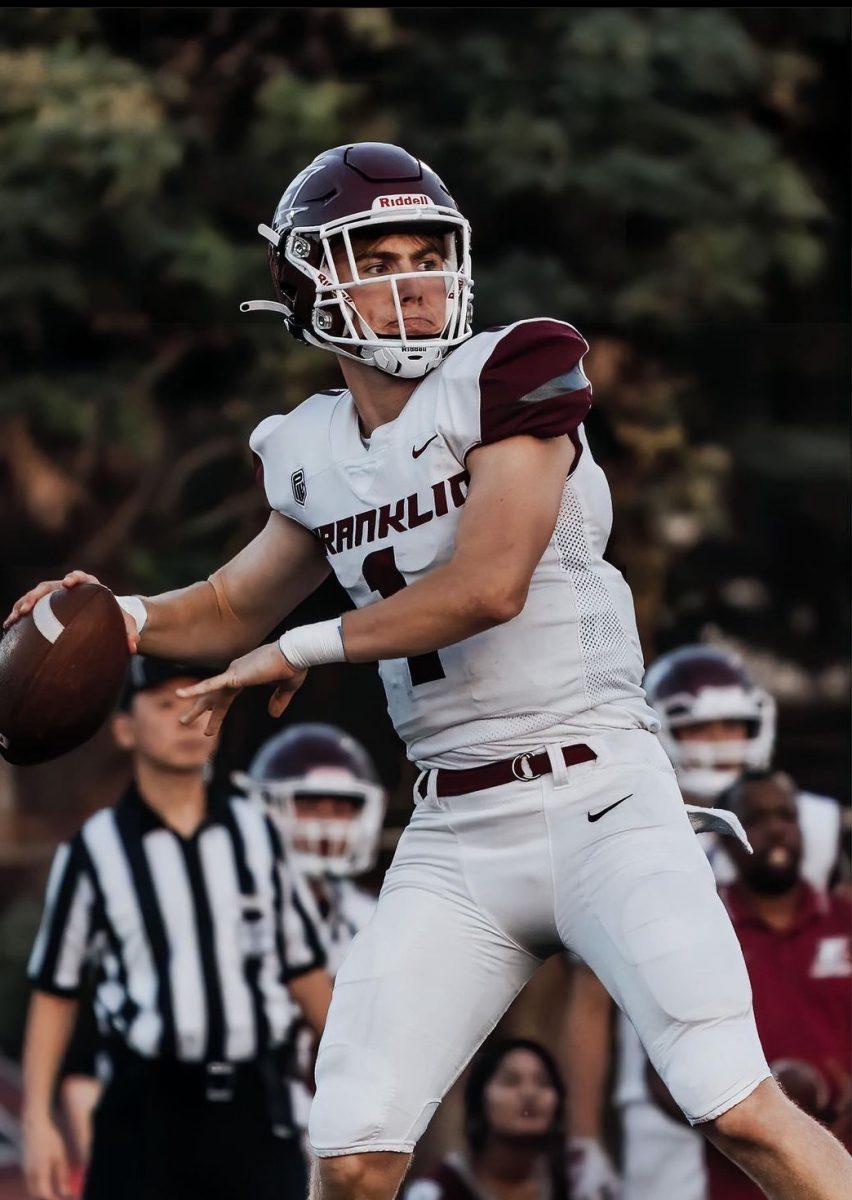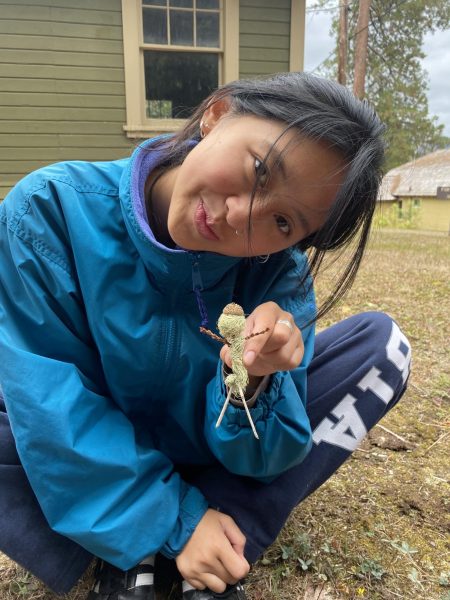Over eight million high schoolers across the United States participate in sports, but only about 500,000 end up continuing that career in college. Most high school seniors are busy thinking about, looking at, applying to, and deciding on where they are going to college, but for student athletes there are even more layers to this decision-making process. They often start searching for colleges earlier than other students, they must commit more time to the process and there are even more things to consider when planning the next step in their life.
It’s now the time of the year when athletes are finding themselves in the thick of the recruiting process. College teams are looking for players to fill their rosters and coaches’ searches for talented new players are well underway. High school juniors across the country are beginning to build connections with colleges and some seniors are even finalizing their decisions and committing to schools to attend in the fall.
Each year, Franklin sends many of its very own students to continue their athletic careers in college. Last year, Franklin men’s soccer player Tony Lopez went on to play soccer at Western Oregon University and Sam Haynes went on to play at Linfield University. Another class of 2023 Franklin graduate and women’s basketball player, Isa Hensley, went on to play at the Colorado School of Mines.
This year, senior William Reid has experienced firsthand the trials and tribulations of the recruiting process. He is Franklin’s varsity quarterback and was awarded Portland Interscholastic League’s Offensive Player of the Year. During his junior year season, Reid visited Lewis and Clark College with a teammate where he was able to connect with Lewis and Clark coaches. From there he began his quest to get recruited, using Hudl and Twitter to advertise himself to coaches. Reid shares frustrations with the process as he feels like he’s been overlooked by many schools, and not valued for his level of play. Despite this, Reid has accumulated offers from many schools and expresses gratitude for those opportunities.
Franklin senior Ella Callahan is committed to the University of San Diego where she will play with the school’s division one women’s soccer team. She reflects on the process and shares her own experience. It was frustrating, she explained, feeling like her future was being determined by how well she played. Callahan knew she wanted to play in college since early high school and shortly into her junior year had already received an offer from a great school. “I think the most stressful part was choosing the college I wanted to attend when I was only two months into my junior year,” she noted, expressing that she felt too young to be making such an important decision.
Next College Student Athlete (NCSA) is a popular program used by many high school athletes to help guide them through the steps of the recruiting process. Through NCSA, athletes will be able to communicate with coaches, create a recruiting profile, and research different schools. They even offer services like SAT and ACT preparation. Hudl is another online platform where athletes can upload footage of themselves playing, which can help them get exposure to coaches.
Alongside, or even without the use of a specific college recruiting platform, many athletes simply rely on emails, phone calls, and social media correspondence with coaches. While professional programs can be a helpful guide to help athletes through the process, making connections with college programs is largely up to the individual athlete. In her sophomore year, “I started emailing about 50 schools I was even the slightest bit interested in and sent them my film and my schedule so they could come watch me play in showcases,” Callahan explains.
Many athletes will end up attending a college that is part of the National Collegiate Athletic Association (NCAA). The NCAA sanctions college sports at over 1,100 colleges and universities across the U.S.
The NCAA consists of three divisions. Division one (D1) has the highest level of competition and the schools represented in this division are the largest (based on undergraduate enrollment). The NCAA sanctions 363 D1 schools, including private schools like Ivy Leagues Yale and Harvard, many large public colleges and state universities. D1 schools have the highest budgets so they are able to offer large scholarships and often have the highest quality resources and facilities. Division two (D2) schools tend to be a little smaller — with an average undergraduate enrollment of 2,400. D2 athletes are also able to receive financial aid. Division three (D3) schools are among the smallest schools. D3 schools tend to establish a more equal emphasis on academic as well as athletic performance since these schools can be on the prestigious side.
To be able to play at the NCAA D1 and D2 levels, players are assessed on their academic performance as well as their athletic ability. NCAA states that athletes are required to take and pass 16 of the NCAA-approved classes — many of the requirements are similar to ones already required by most high schools — and the grade point average (GPA) that colleges use to gauge a player’s academic capabilities is based on one’s performance in said classes. Additionally, D3 schools will usually have their own specific academic requirements.
For athletes who still seek a college sports experience but don’t go through the recruiting process for whatever reason, club sports can be a great alternative. Many colleges and universities offer a plethora of club sports, and some are highly competitive.
There are many sports that do not have a national presence that allows them to be able to provide recruiting services or scholarships, but with a strong university club presence, they are still able to provide meaningful athletic opportunities for students.
This is the case for Vaughn Dillender-Kinast, a freshman at the University of Washington. Dillender-Kinast plays ultimate frisbee, a sport that isn’t mainstream but has a thriving community of talented athletes all across the world. Dilender-Kinast notes that the community is an aspect that made his club ultimate experience enjoyable. “The team is really supportive and nice so I’ve been able to assimilate well,” he says.
Colleges even offer club alternatives to sports that are more widely recognized. Haden Franken graduated from the University of Oregon (UO) in 2023 where he played club men’s volleyball. Men’s volleyball is popular throughout the country — and growing by the day — but not every college sponsors a team. That’s when club volleyball comes in. University of Oregon’s (UO) club men’s volleyball is part of a national collegiate club volleyball association (NCVF), that organizes club volleyball at schools all over the country. Franken notes that while his club experience lacked some structure, he says it was an overall positive experience that he recommends. UO (and many other schools) offers many club sports including soccer, softball, ultimate frisbee, swimming and rugby; and each sport competes on varying levels of competitiveness.
Participating in athletics in any capacity has proven to be a positive endeavor. Student athletes overall have a higher likelihood of graduating. A poll taken by the NCAA in 2020 reports a 90% graduation rate for D1 athletes, 74% for D2 and 87% for D3, and rates are just going up. No matter where an athlete ends up, the college athletics experience is sure to set them up for success in school and for their life beyond that.


